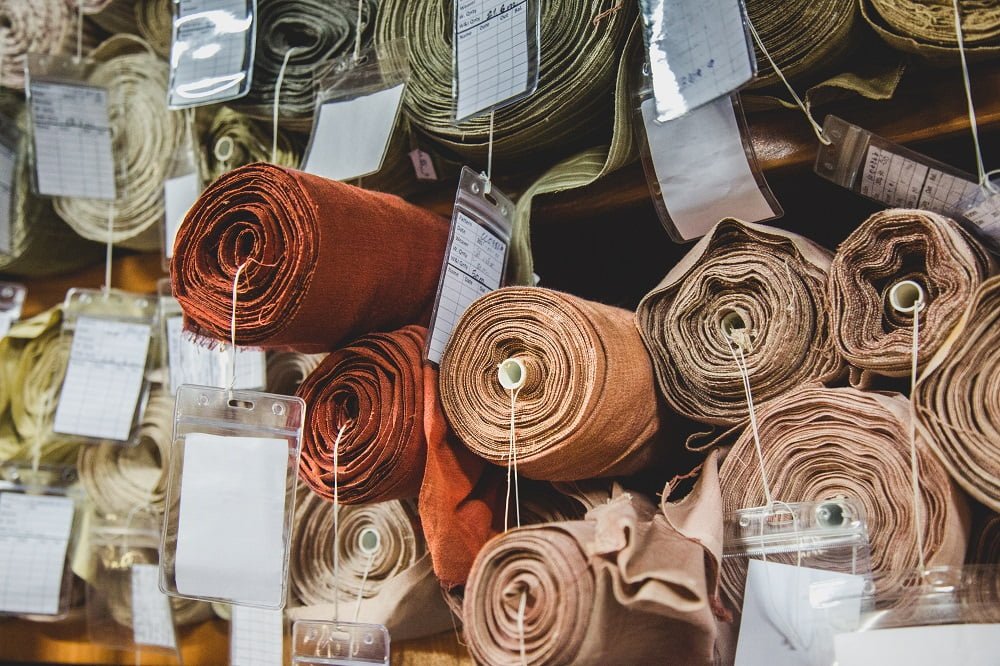More Than Slogans: Some Insights into Sustainable Statement Tees
by Fabian Fab
Humanity might have been progressing, but some human actions can destroy the planet if everyone doesn’t adopt sustainable practices. Hence, people are encouraged to adopt an eco-friendly lifestyle nowadays. From food to the clothes individuals wear—everything must be sustainable.
In reality, this can become tricky considering that 67% of manmade fibers used in the textile industries are from petrochemicals that are harmful to the planet. It implies that more than half of the clothes humans wear are environmentally harmful.
To help address this, sustainable fashion has been gaining popularity in recent years. Businesses in this industry are continuously helping to further the cause by manufacturing statement clothing that uses sustainable materials.

4 Great Facts about Sustainable Statement Tees
To further elaborate, here’s how sustainable statement tees increase awareness.
1. They Walk The Talk
Donning statement t-shirts can feel oddly empowering. Showing others what you advocate for provides a sense of purpose and belongingness. It helps you realize that you’re doing something better for everyone and not just for yourself, just by wearing a shirt.
Considering that the textile industry is one of the largest worldwide, it’s reasonable to promote sustainability in this industry. And since everyone needs to wear something, the demand for more products will go high as the population increases.
Aside from this, people need to understand that when someone spreads awareness, it’s better to let actions speak louder than words. Fortunately, sustainability advocates have better options now to use sustainable apparel available in Printful eco-friendly t-shirts shop and other similar shops.
2. They Help The Harvesters
It’s pretty interesting for people to see the products and not the tedious work behind them. The same thing could be said true to textile—before becoming a piece of cloth, harvesters need to collect cotton first (or whichever raw material for the fabric).
Now you’re probably thinking, the harvesting means work.
Indeed, the textile industry has provided a massive employment opportunity for some, especially in countries that export them. And since the demand for fabrics increases each year, it means more jobs for them. But that’s not exactly how it goes.
Fast fashion is one of the most highly-profitable aspects of the textile industry. It means that fabrics used in clothes are manufactured rapidly.
However, this proved to be environmentally harmful and incredibly exploitative. Although the workload is high, the pay is low. Harvesters are paid with money that doesn’t match the amount of work they render and the health risk they face every day.
With sustainable fashion on the horizon, advocates aim to relieve the demand for fast fashion, thereby decreasing their workload without sacrificing income.

3. They Help Avoid Health Risks to Humans and Marine Life
It may be odd to see how fabrics affect one’s health, but the devil lies in the process. Fabrics need to be treated and processed for them to be commercially ready. It means using chemicals and water—both harming the environment through pollution and natural resource drain.
Furthermore, manmade fabrics such as polyester shed some plastic components that may be chanced upon by planktons that may have mistaken them for a tasty snack. And since these microorganisms are not picky eaters, they’ll gobble everything, including the plastic shedding from the fabrics. And with the irresponsible dumping of waste into bodies of water, this is very alarming.
Since fish eat planktons and humans eat fish, it’s not rocket science to understand where those microplastics will eventually end up. Coupled with the already polluted ocean, both humans and marine life are in constant danger.
4. They Help The Bees
You might be thinking: How are bees related to sustainability awareness? Well, bees are one of the best natural pollinators. If bees disappear, life will eventually cease to exist. And it’s been starting to happen for decades now.
Colony Collapse Disorder or CCD refers to the sudden and mysterious disappearance of bees. And since bees are vital for pollination, their abrupt absence presents a serious environmental concern. A Harvard study found a link between CCD and pesticides which are used in the textile industry.
Since raw materials for fabrics need to be free from insects and pests, pesticides are used to keep them at bay. However, bees and pesticides and insecticides don’t mix well for obvious reasons. That’s why researchers look at this angle seriously in the relevance to CCD.
Conclusion
Buying into sustainable fashion will help decrease the demand for the existing environmentally harmful textile industry. And with people using sustainable statement tees to raise awareness, the hope for a safer and cleaner planet is not out of reach.
Author’s Bio: Fabian Fab is a digital marketing specialist. He conducts webinars to share his expertise with those in the business world or start-ups. He also writes guest posts. Fabian enjoys watching sports and loves to play basketball and badminton.